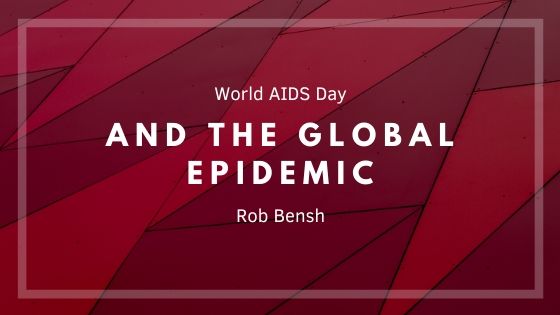The first of December is World AIDS Day, on which people around the world seek to increase awareness, share knowledge, and work together to end the HIV epidemic. This year’s theme is “Ending the HIV/AIDS Epidemic: Community by Community.”
The first World AIDS Day was observed in 1988, and since then people have continued to observe the day each year. AIDS is one of the world’s deadliest health problems and challenges to development. Today, about 37.9 million people live with the disease, and tens of millions of individuals have died due to AIDS-related causes since the epidemic began.
What is AIDS?
The virus that causes AIDS, HIV, destroys the body’s cells responsible for fighting infection and disease. This weakens the immune system and leaves a personal vulnerable. There is no known cure. Many people who have HIV or are at risk for infection live in areas where they don’t have access to treatment or proper prevention. Only one in five people are aware that they have AIDS, meaning they may spread it to others without their knowledge.
The Global Response
The world’s leaders have recognized the challenge that AIDS presents to people around the globe. Together, the global community agreed to work to end the AIDS epidemic by 2030, which is listed under the UN’s Sustainable Development Goals. They also created the UNAIDS “90-90-90” targets and hope that by 2020 “90% of people living with HIV know their HIV status; 90% of people who know their HIV-positive status on treatment; and 90% of people on treatment with suppressed viral loads.”
The largest contributor to international HIV efforts is the US government, the creator of PEPFAR, the President’s Emergency Plan for AIDS Relief.
Prevention Efforts
Although there is no currently no cure, there are a variety of prevention methods used to combat HIV. Right now, some of the most successful prevention strategies include programs to change behavior, HIV testing, and improved blood supply safety. Researchers are also developing vaccines.
Prevention is still limited in developing areas, so leaders are working hard to strengthen their efforts to improve education and knowledge of the disease.
Countries around the world are combating AIDS through prevention programs, education, and developing vaccines. As they work to fight the disease, we observe World AIDS day each December.

